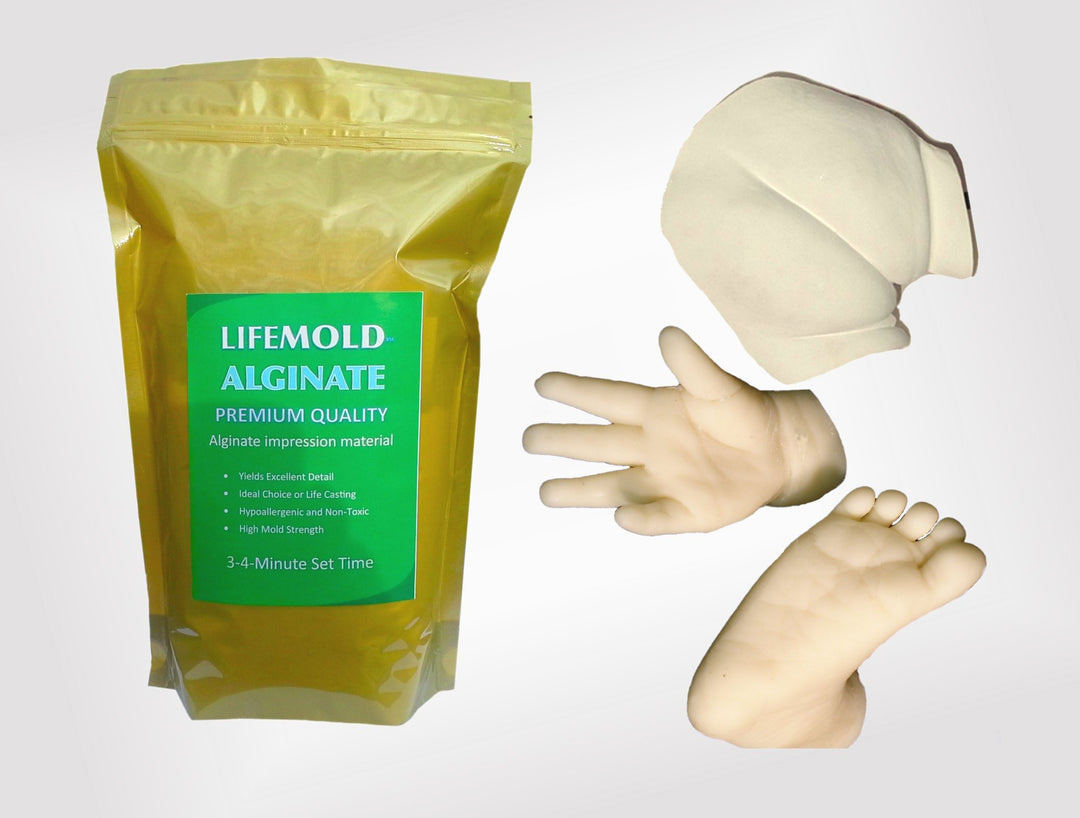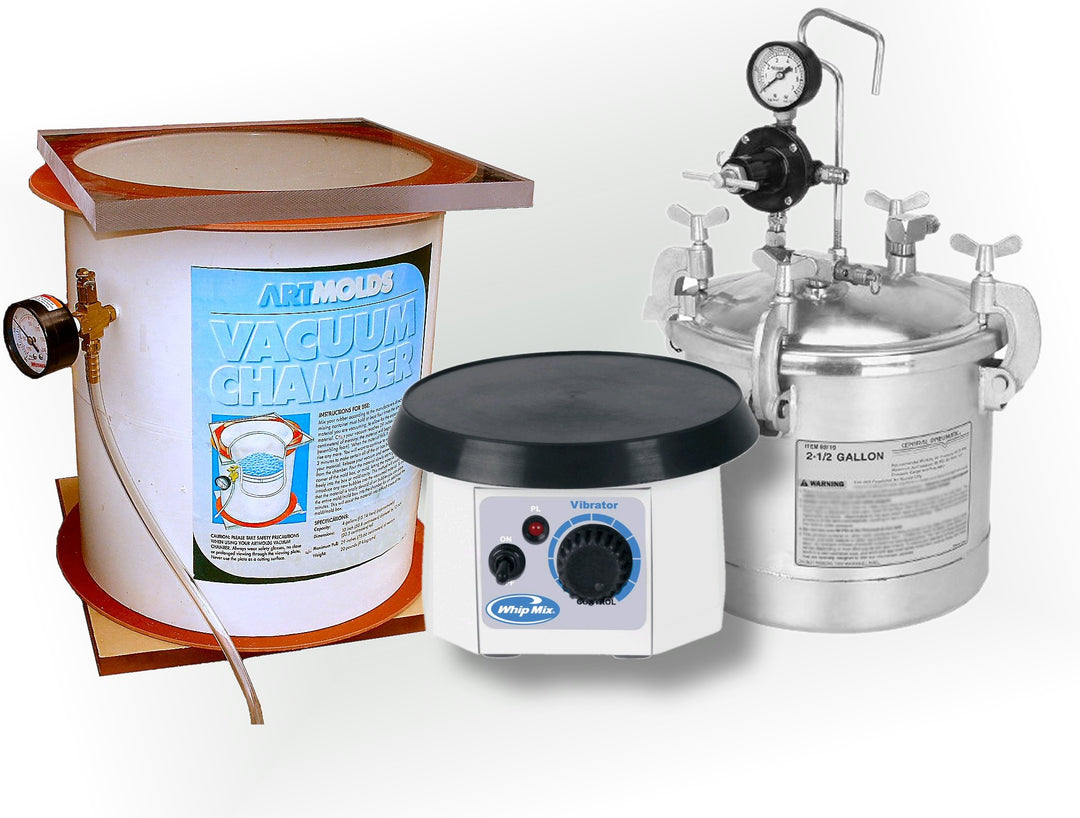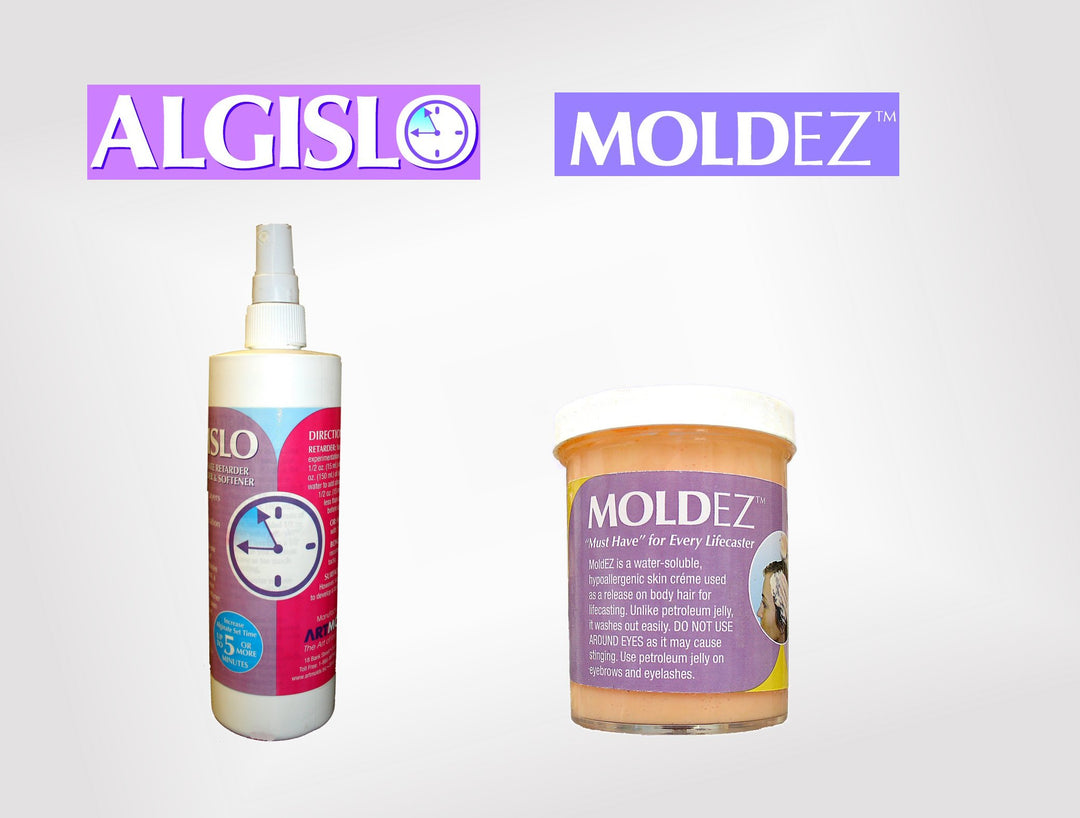|
Figure 1. Bronze head portrait.
|
|
ArtMolds Lifecasting Series
The head portrait is perhaps the most classic of all works of art throughout history. Also called a bust, it is the epitome of three-dimensional portrait art. Creating a satisfactory head portrait combines a number of skills, including some advanced experience in life casting. You will also need some talent in the sculptural arts for opening eyes, repairing ears, adding hair and the like, for the best results. We strongly recommend that you try several face casts first to get a feel for both the materials involved, as well as working with a live model. Casting the head is more challenging than other things, as both the front and the rear of the head are cast at once. Thus, this is classified as a two-part block mold.
A completed head portrait will be a lifetime treasure, and though challenging, it is a highly rewarding project. As we suggested, some life casting practice is necessary before you take on this advanced project, nonetheless, with care and patience, satisfactory results can be achieved, even for a first timer.
As you can see in the example of Figure 1, a bronze head portrait was created, suitable for any boardroom, using the identical methods provided here. However, the actual bronze portrait is a multi-step process, with the final steps executed at a metal foundry. Our instructions will take you through the creation of the initial casting, which is typically poured either in wax, plaster or clay. Once that casting is created, the artist then must to work to clean up the flashing, correct the casting flaws, which are bound to happen, sculpt open the eyes and then re-sculpt hair, if desired. These tasks often take practice before they are correctly executed. Thus, making a face casting in order to practice sculpting open eyes is highly recommended, for it is better to learn from mistakes on an easy-to-make, face casting than the more time-consuming and complicated head portrait.
|




